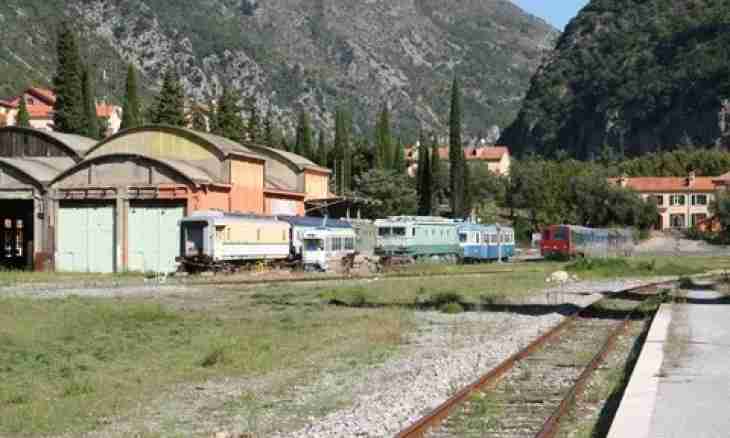Angiospermous plants possess the high-organized carrying-out system. Their extensive network of vessels promotes effective supply with water and binding of a large amount of carbon dioxide.
Instruction
1. Plants receive from the soil practically all mineral substances and water for growth and development. Mineral food call set of processes of absorption, movement and assimilation micro and the macrocells necessary for plant life. Together with photosynthesis the mineral food makes uniform process.
2. Thanks to such mechanisms as osmosis, diffusion and active transport, water and the substances dissolved in it come to root cages through biological membranes. At the same time the main driving forces are the root pressure and prisasyvayushchy force of a transpiration.
3. The real vessels, unlike gymnospermous at which the carrying-out elements are tracheitises are a part of a xylem of Angiospermae. Vessels are much wider tracheitis, on them fast movement of water and the mineral salts dissolved in it from a root to leaves and a stalk is carried out.
4. The leaf performs functions of photosynthesis, gas exchange with the environment and transpiration — water evaporations. The system of the branched carrying-out bunches penetrating a sheet plate provides a leaf with water, creating continuous outflow of organic matter from a leaf to other bodies of a plant.
5. A special time in a surface of a leaf is called ustyitsa, through them the carbon dioxide necessary for formation of organic matter comes to a leaf. Saturation of a plant carbon dioxide depends on quantity of ustyitsa, degree of their openness, content of this gas in the atmosphere and some other circumstances.
6. In a stalk there is a system of the carrying-out fabrics connecting together all bodies of a plant. The organic matter synthesized in leaves moves on cribriform tubes to other bodies of a plant with a speed about 1 m/h.
7. Unlike other higher plants, Angiospermae have cribriform tubes of a floema with cages companions. Thanks to these bodies the efficiency of movement of products of photosynthesis from leaves of plants to its stalk and a root increases.
8. The root of a plant serves for absorption of water and the dissolved mineral substances, in addition in him various organic matter is synthesized. They move to other bodies of a plant on vessels of a xylem or are stored in a root.
9. Soil solution comes to a root mainly through an absorption zone, in this regard a part of cages of a thin skin of a plant in this zone is extended in root hairs from 0.1 to 8 mm long. They are capable to take soil particles that simplifies process of absorption of water and mineral substances. For absorption simplification root hairs can excrete a number of acids (lemon, coal, oxalic or apple) which are capable to dissolve soil particles.

